Jason Fogelson June 08, 2022 All Feature Vehicles
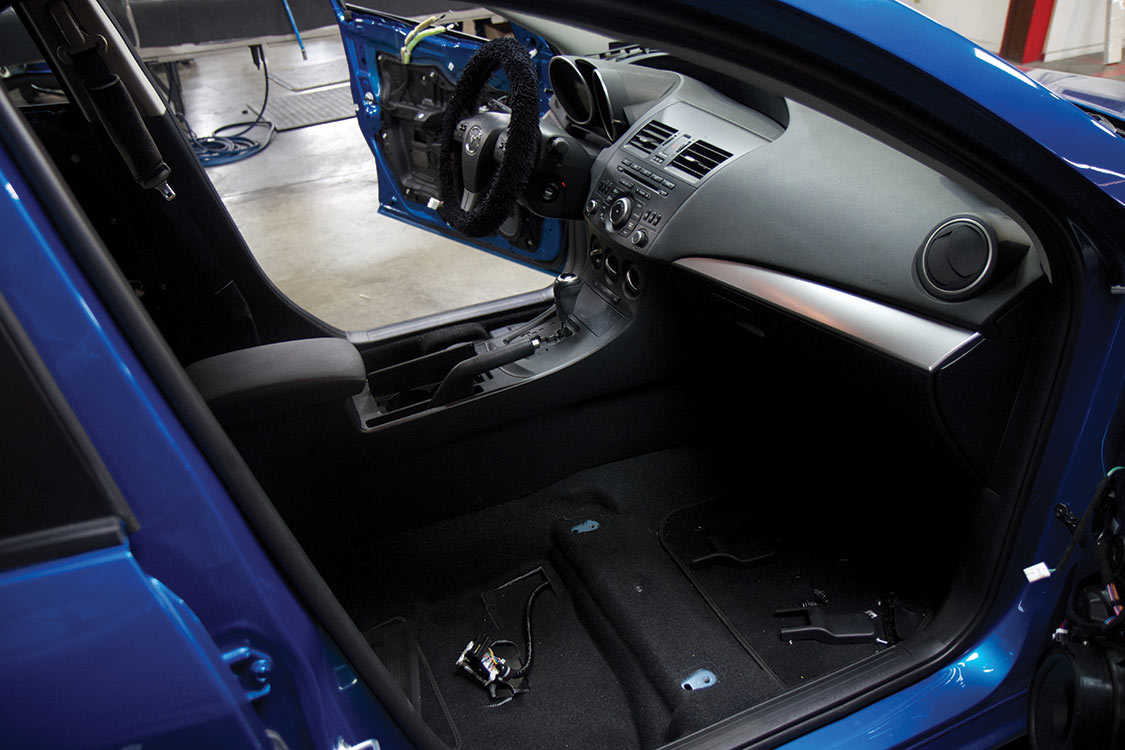
“If exteriors are like dating, that’s what you see and that’s what attracts you to the car,” says David Giddings, Katzkin Leather’s vice president of marketing. “But the interior is like marriage because that’s what you live with on a day-to-day basis.”
Katzkin Leathers makes luxury leather interiors for cars out of their Montebello, California, factory headquarters. A Katzkin interior is miles apart from a set of seat covers. Katzkin works with the original equipment manufacturers and some boutique manufacturers (Rousch Performance, Saleen and Shelby American) to develop interior patterns that are a direct replacement for stock but with improved materials, added features, custom designs, and better fit and finish. The company has a library of more than 3000 patterns on file dating to model year 1994. If your car or your seats were in a car built since 1994, the chances are good that Katzkin can create a stunning new leather interior for you.
The Katzkin experience isn’t just about the leather, either. It’s also about installation and design services. Katzkin has a network of 2500 authorized installers across the country, working through new car dealers and independent automotive interior shops.
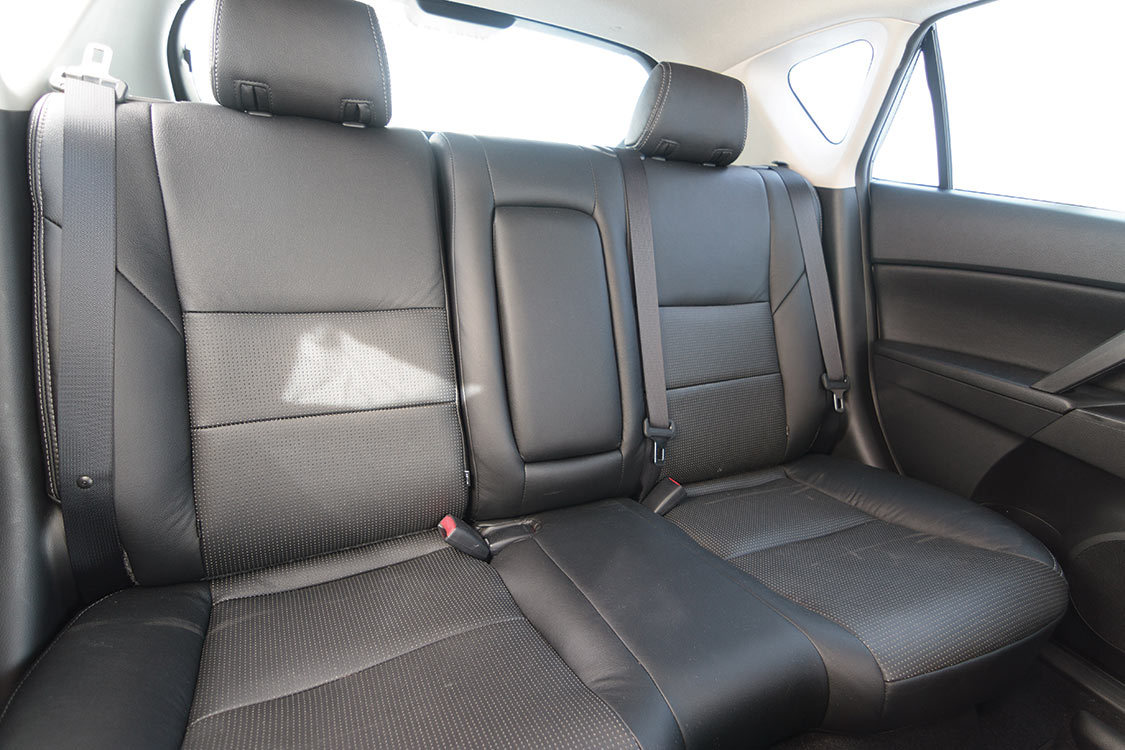
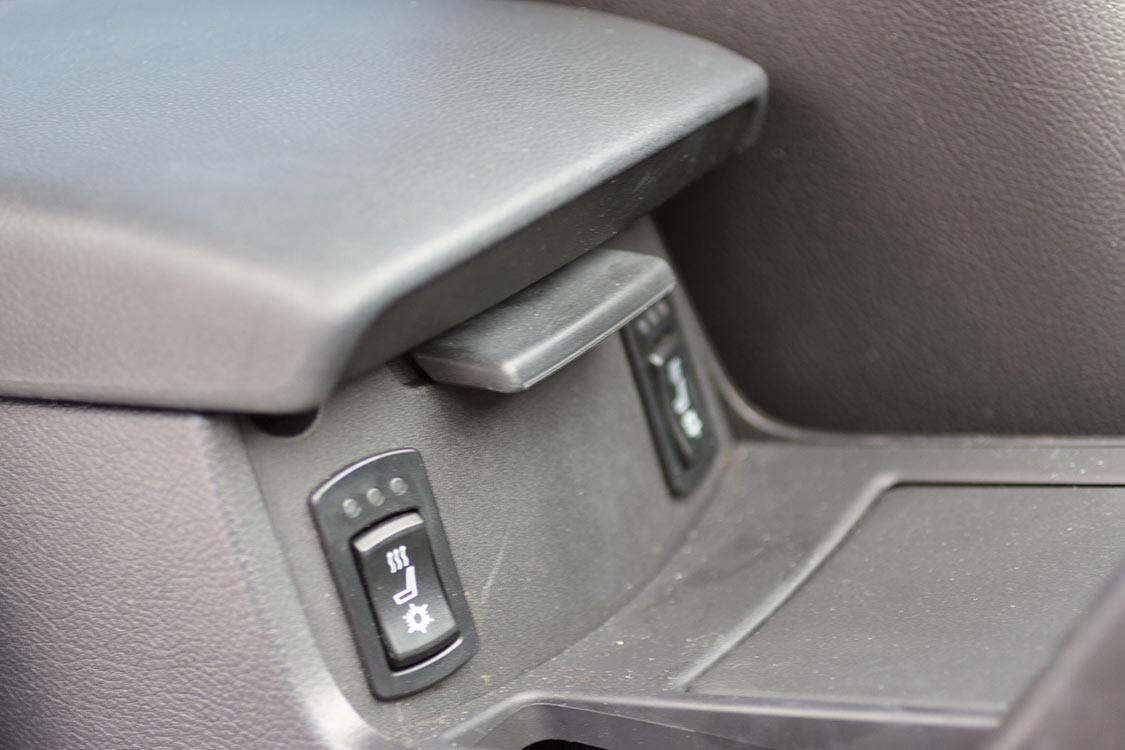
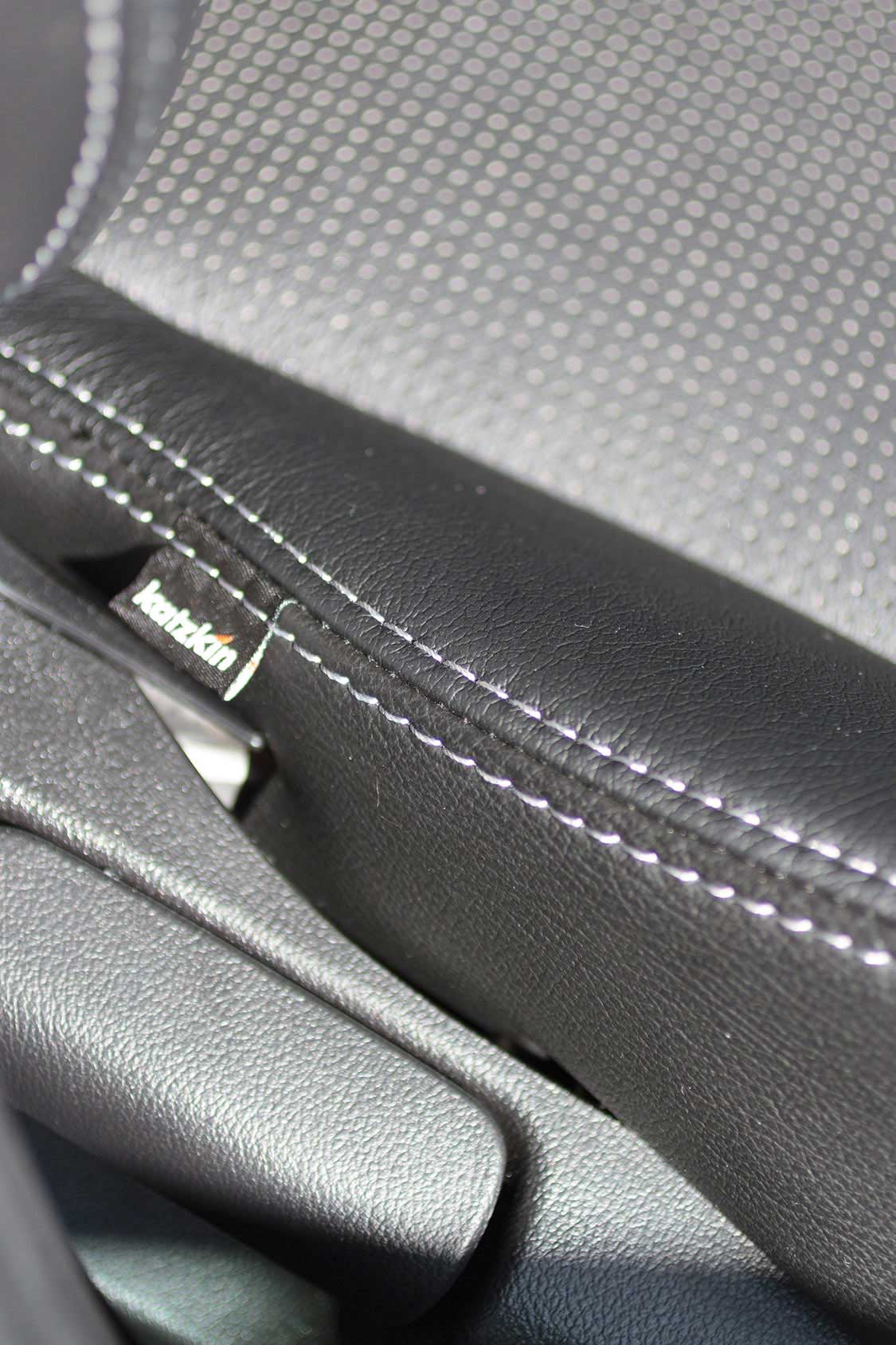
Katzkin quality rivals or exceeds the quality of a factory leather interior. “We have very long-standing relationships in the leather business,” says Katzkin’s former CEO and current Chairman Brooks Mayberry. “Producing leather is a bit like cooking. It requires a recipe. You’re working with a natural product. The key to producing leather is to achieve consistency.”
There are three levels of Katzkin interiors, defined by their design origins. “Factory Design” is just what it sounds like—a re-creation of the original manufacturer’s design, executed in premium leather. “Katzkin Design” takes off from there, with colors, patterns and stitching designed by in-house designers, led by Chief Designer David O’Connell. “Design Your Own” gives consumers the opportunity to design their own interiors using an online tool on the Katzkin website.
The majority of customers wind up ordering a Katzkin Design interior. Mayberry believes that the breadth of choice in the Design Your Own option is its own weakness. “It’s one thing to design a tennis shoe on Nike.com. If you don’t like it, it’s a fifty-dollar mistake. In your car that you’re going to live in for the next few years, we saw that you need a professional designer, so we recruited David O’Connell.”
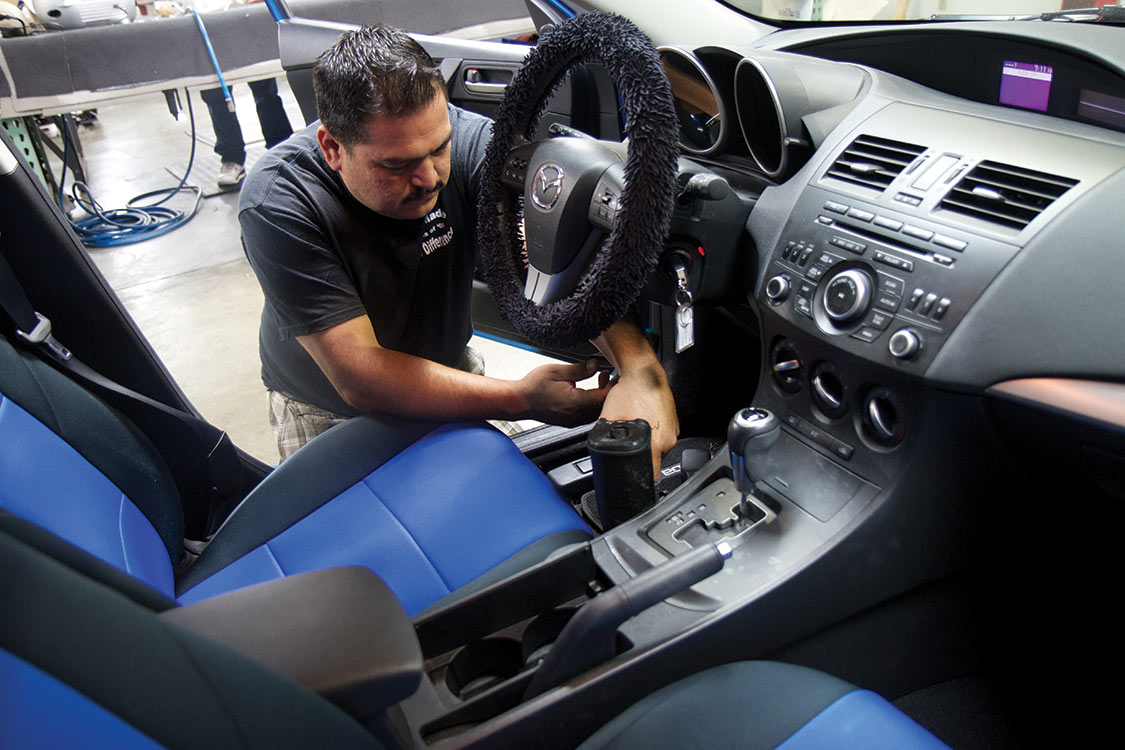
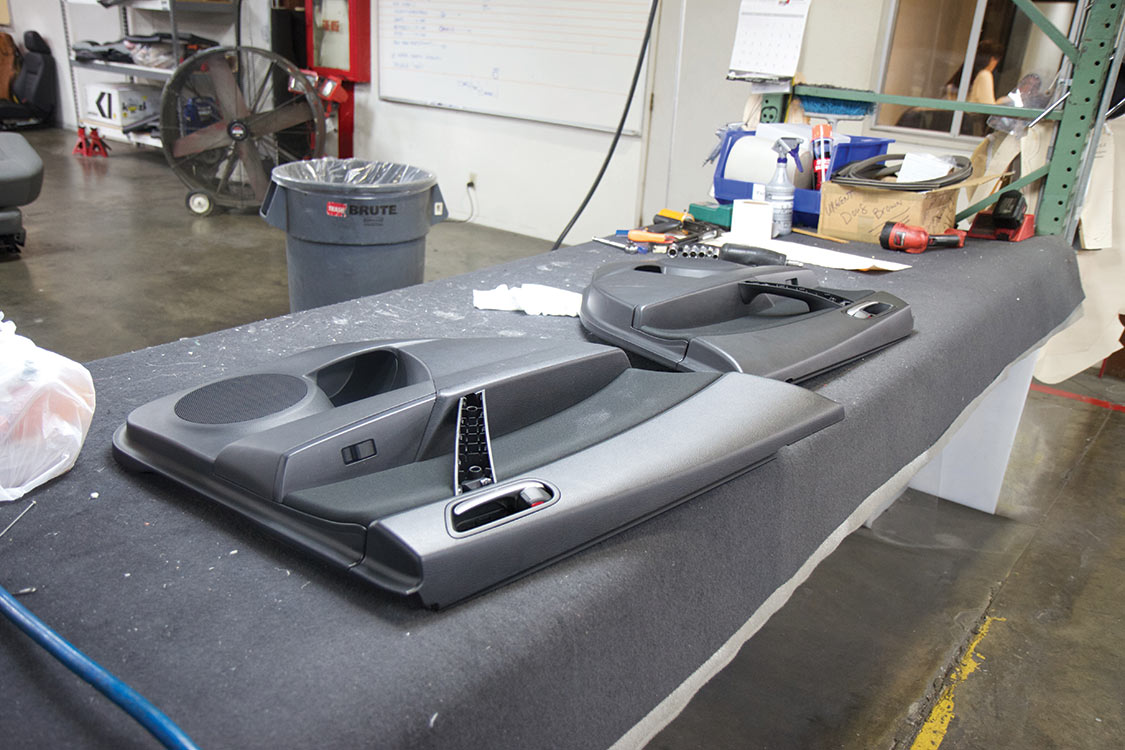
O’Connell is passionate about automotive interiors. He’s a product of the influential Art Center College of Design in Pasadena, California. Fellow graduates include auto designers J. Mays (Ford), Chris Bangle (BMW), Franz von Holzhausen (Tesla) and customizer Chip Foose. O’Connell spent time with Peugeot at the beginning of his career, and then took over design for Mitsubishi North America in 1984. Since 2011, he’s been chief designer at Katzkin while maintaining a concurrent teaching schedule at Art Center.
“When you open up a car, what’s the first thing that you see? The seats, right?” says O’Connell. “And if you can make that the entryway, when you open the door of the car you can give it that ‘Wow, look at that!’ then we’ve succeeded. I think that’s what people want now. They want to go beyond. We have the opportunity to go beyond what is conventional and typical.”
Producing leather is a bit like cooking. It requires a recipe. You’re working with a natural product. The key to producing leather is to achieve consistency.


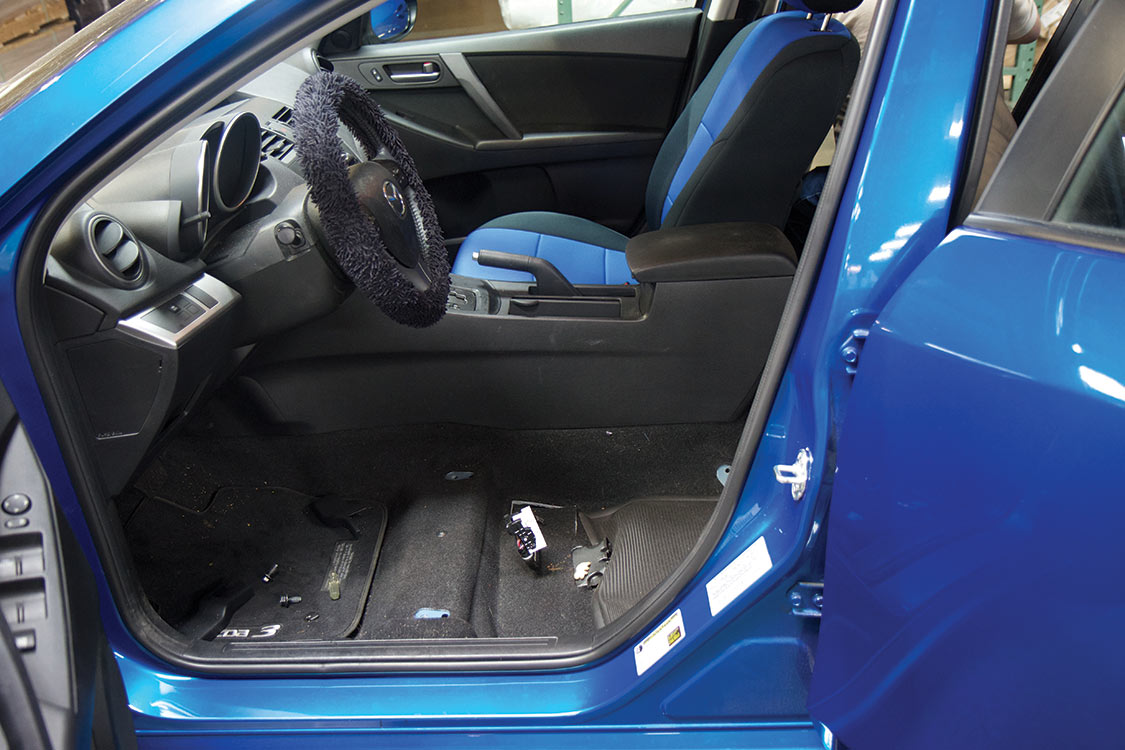
Once the design has been finalized and the order placed, the process of making a new interior is extremely rapid. Most orders are completed within one day of receipt, shipping the next. The interior begins with skin selection. Experienced leather workers mark the hides for imperfections and they are then loaded onto a CNC cutting bed. A computer evaluates the pattern and the available hide, calculates how to make its cuts to maximize the leather yield and then makes precision cuts. From there, the leather moves to assembly, where each interior is individually stitched, and custom or personalized design elements are executed. Katzkin’s customizing function can include stitched or embossed logos, including club logos or owners’ personal icons. The assembly moves through stations, with expert workers adding their specialized functions until the complete interior arrives at quality control. Each interior is inspected for flaws in material and workmanship, then packed for shipping. The orderly process moves through the Katzkin factory in a linear fashion from north to south and is completed in an amazingly short time. Although computers and automation add to the process, there is still a lot of handwork involved and a lot of skill honed over years of execution.
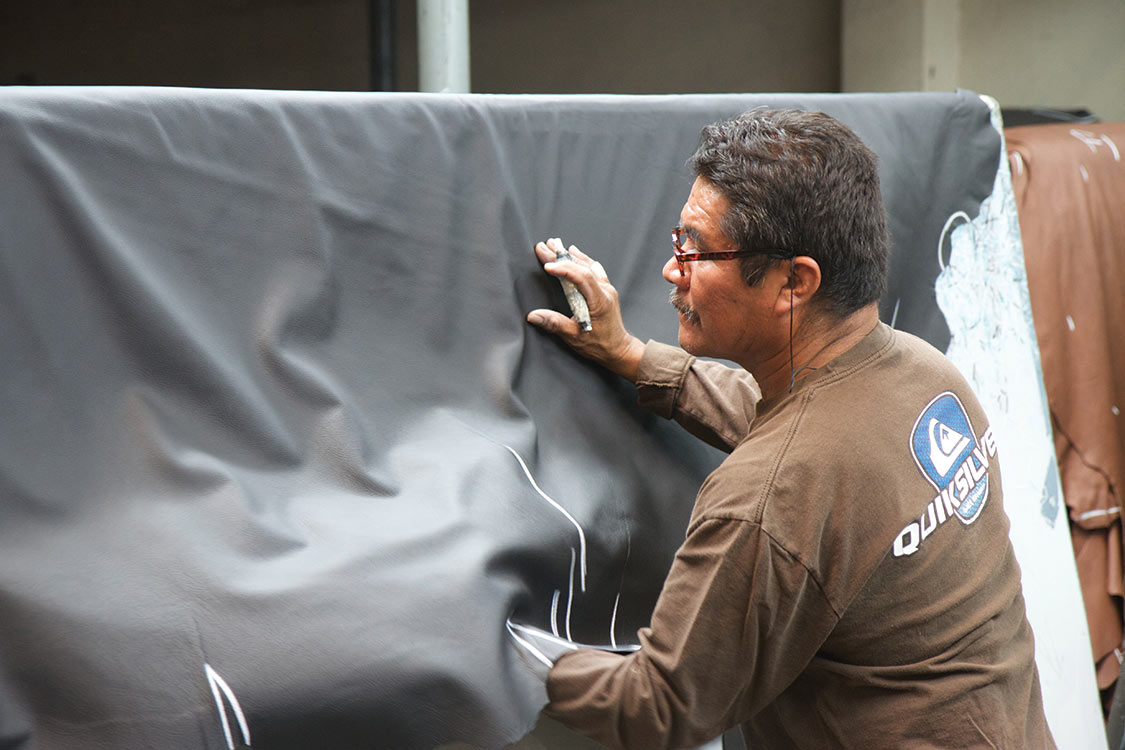
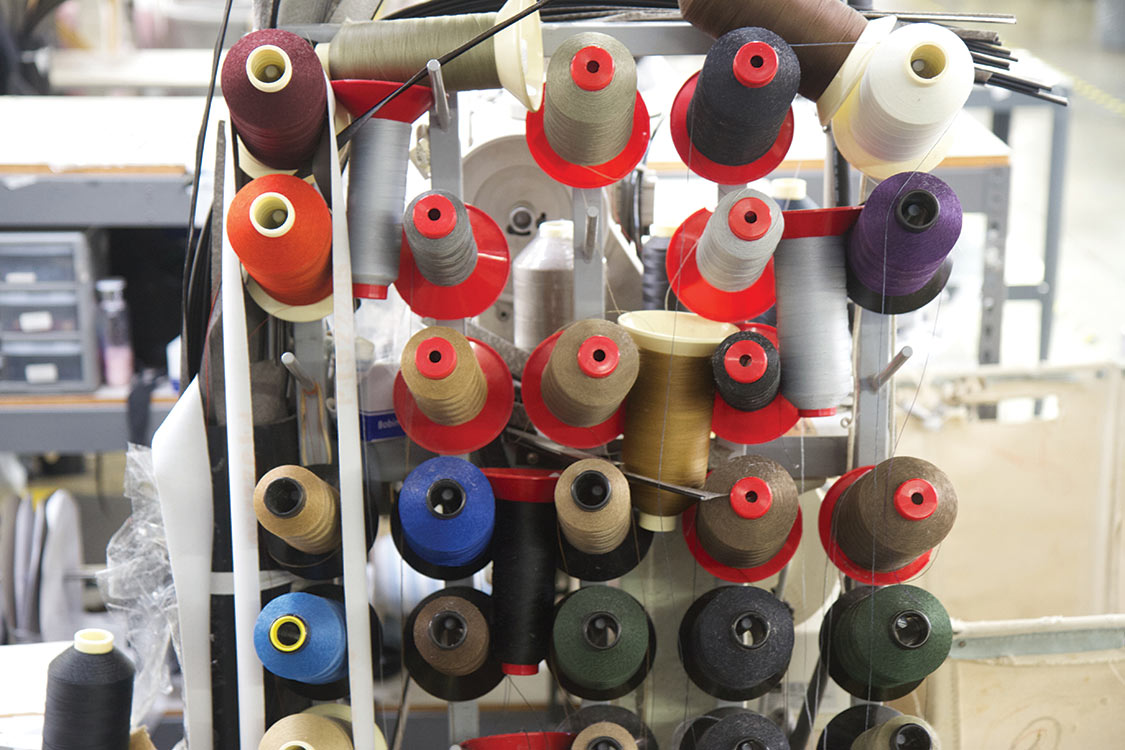
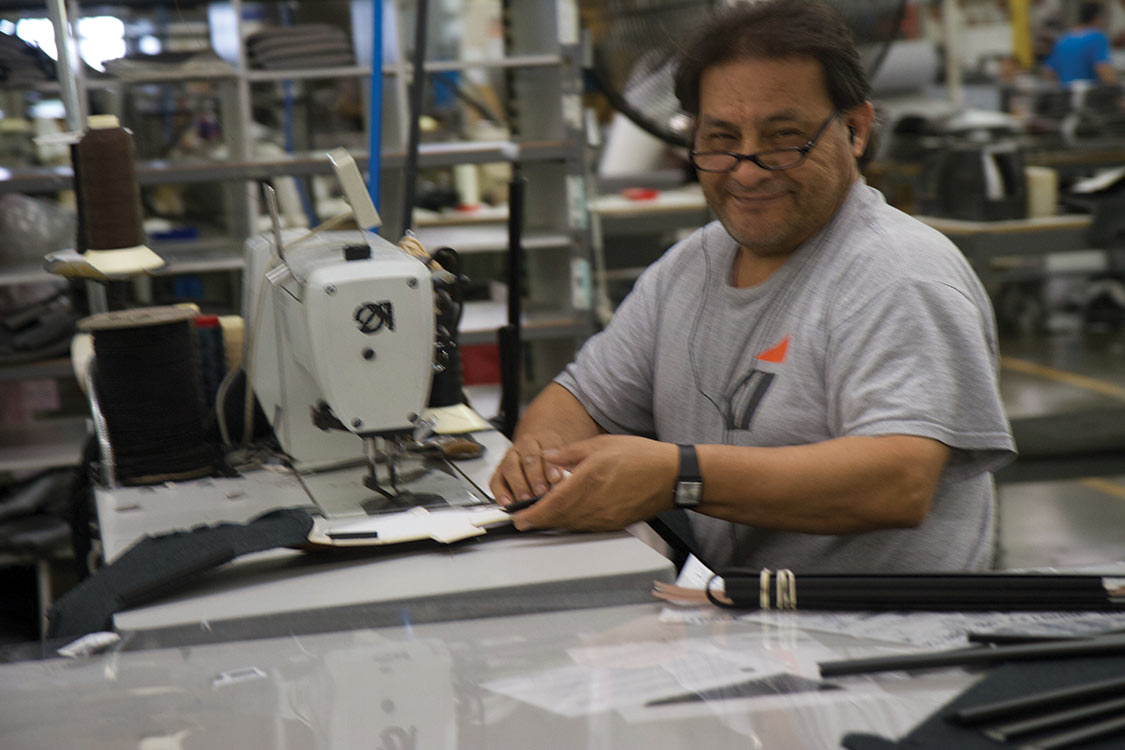
I had the opportunity to watch as a 2012 Mazda3 received a custom Katzkin interior, designed by O’Connell. The Mazda3 is a perfect candidate for the Katzkin treatment. It’s not a luxury car, but it is stylish and sporty. Its cloth interior is passable, but not as elegant. O’Connell presented three options to the owner, and she selected a conservative monochromatic black perforated leather with contrasting stitching. The interior order was then conveyed to the Montebello factory, where it was cut and stitched according to model-specific patterns from the Katzkin library.
Once the interior was ready, the vehicle was handed over to the installation team. Two installers first deconstructed the Mazda3’s interior, completely removing the seats and door panels from the vehicle, and then stripping the factory cloth from the seats and doors.
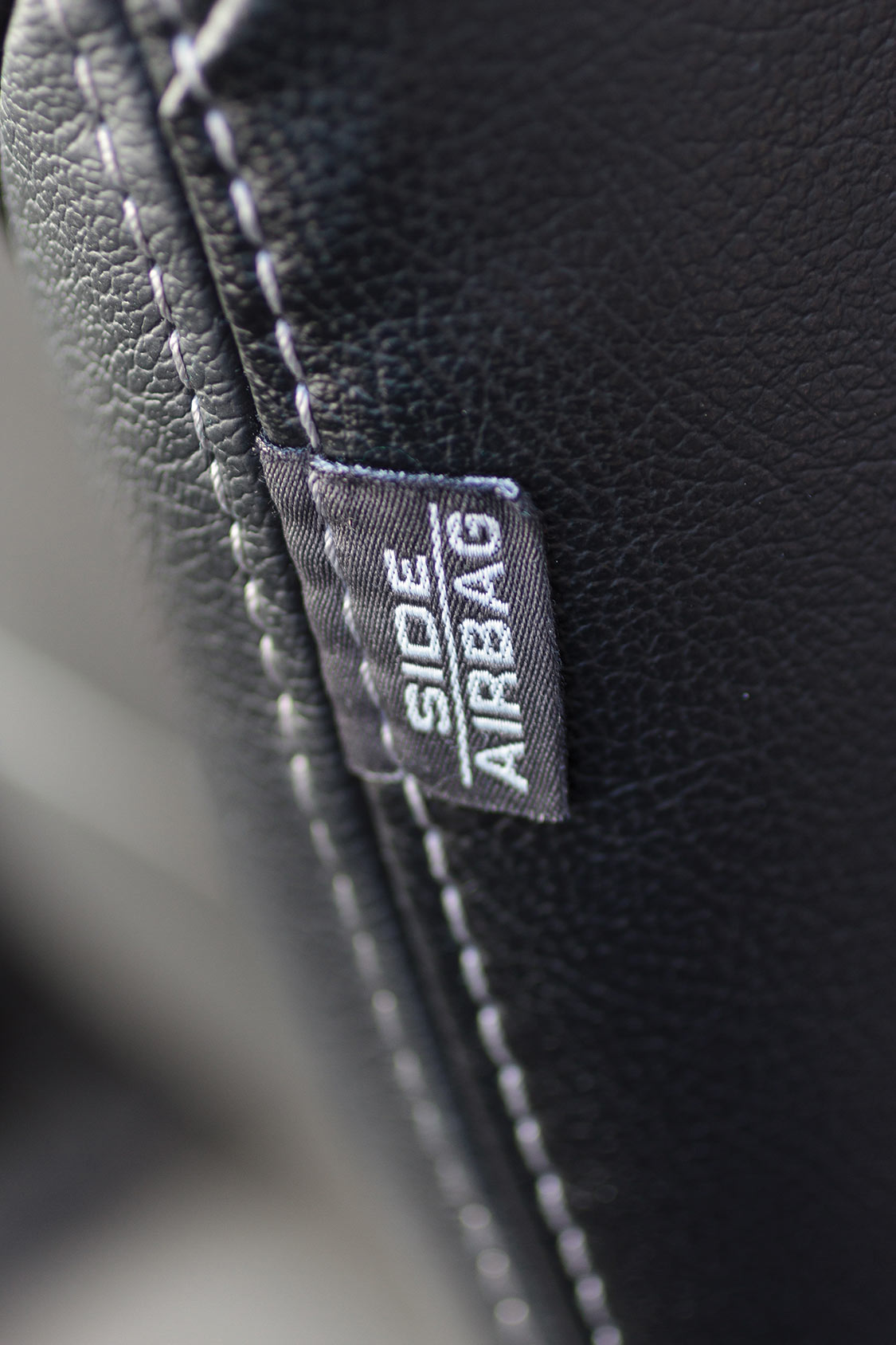
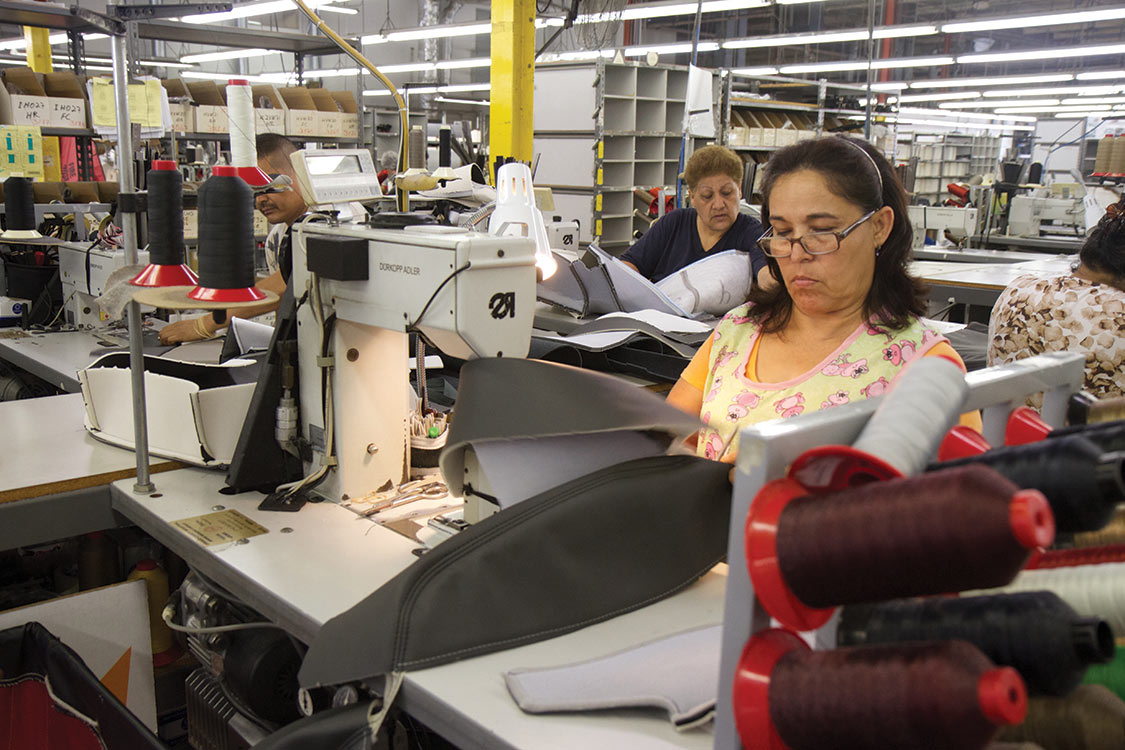
The Mazda3 was receiving a new Katzkin enhancement, Degreez. Degreez is not only a leather interior, it adds heating and cooling to the front seats—a true luxury feature. The installers determined a location for the individual switches for the heating/cooling function and performed minor modifications to the center console to accept the switches. The electric components were connected to the vehicle’s existing system. The leather interior was installed over the original seat padding, now enhanced with the Degreez system. Finally, the seats and door panels were reinstalled into the vehicle. The new interior looks better than stock, transforming the economy commuter Mazda3 into an elegant luxury car. The seat heating and cooling works as well as any factory installation, and the fit and finish on the total installation is impeccable. Remarkably, installation took just one day, despite what looked like full deconstruction of the car’s interior. This is miles beyond an aftermarket seat cover. This is a vehicle transformation.

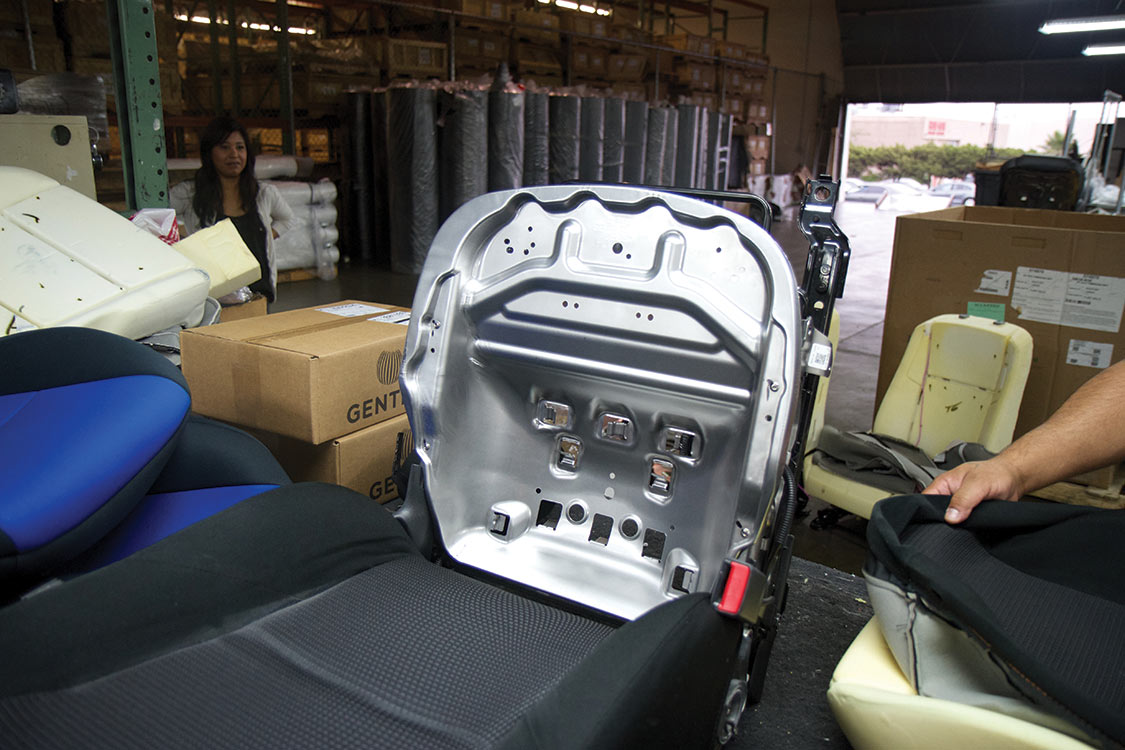
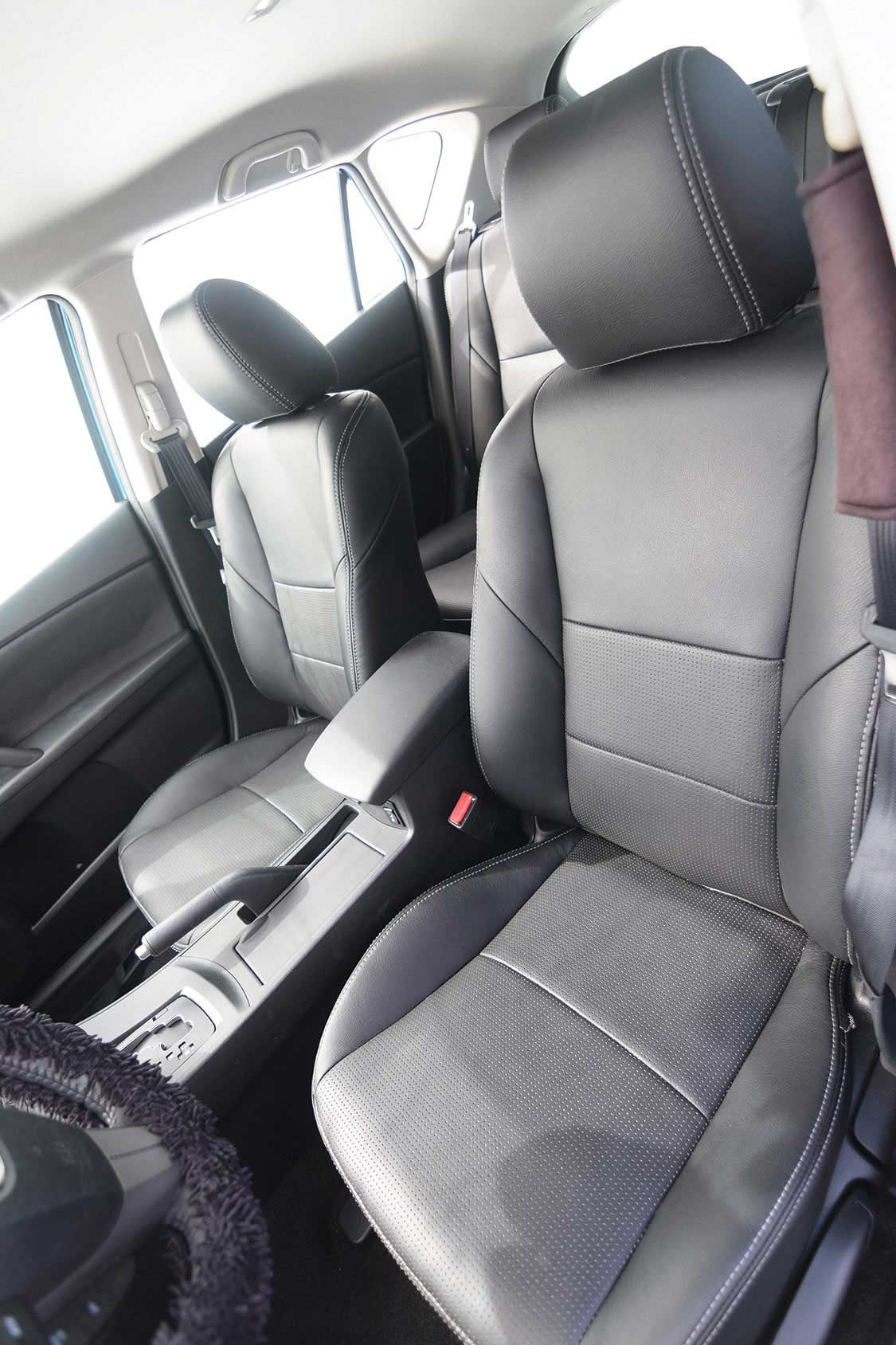
So, if you are building or customizing a vehicle from 1994 or later (or using newer seats in your older vehicle), you can add a custom interior that will separate your ride from the crowd. You can add luxury features to a car that never would have come with them from the factory, and you can gain access to the services of a professional interior designer, included in the cost. Katzkin’s suggested retail prices for a two-row interior (installed) start at $1995 for Factory Design and $2195 for Katzkin Design, with an additional $300 for third-row seats. Design Your Own prices “vary based on interior selection.”